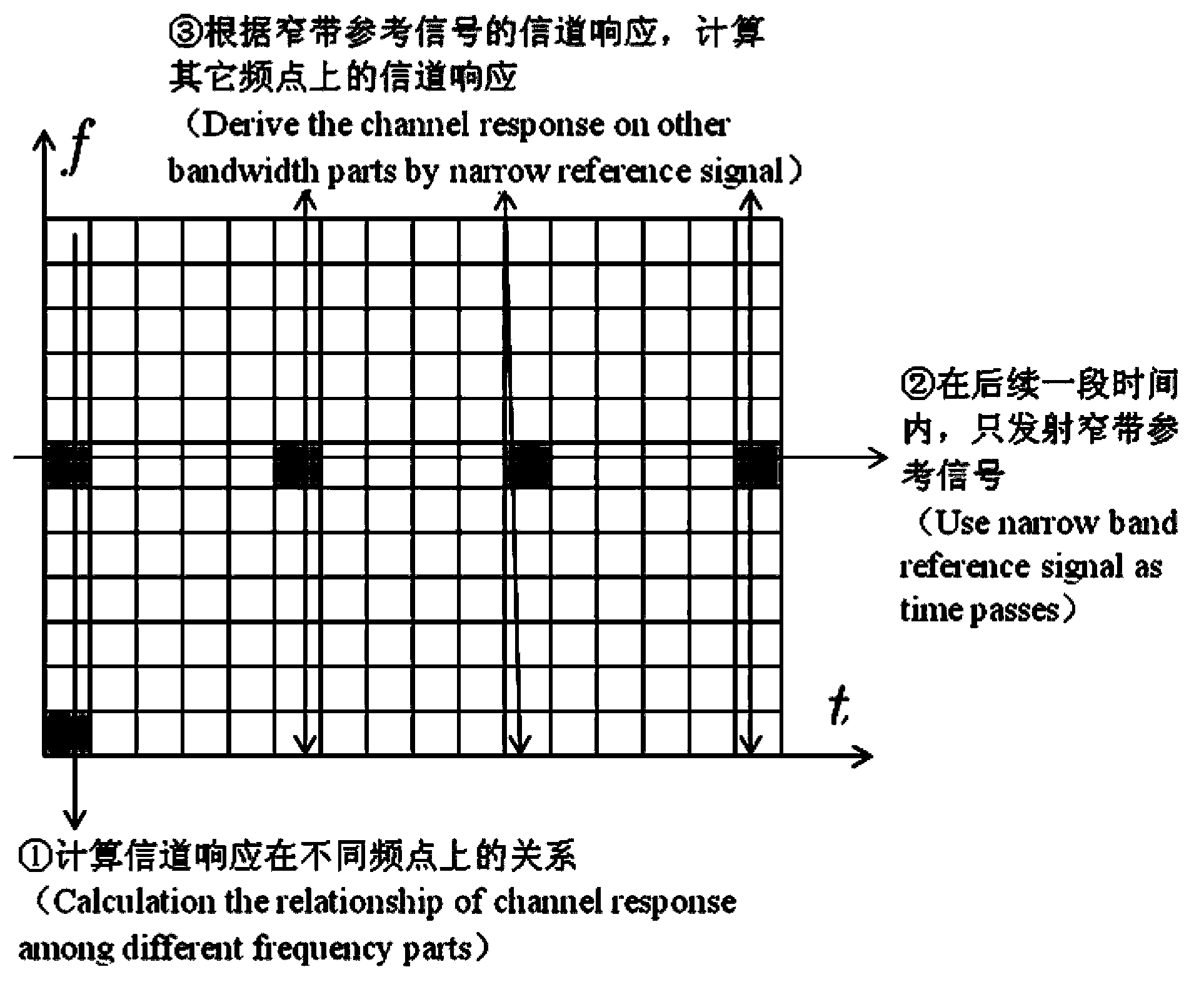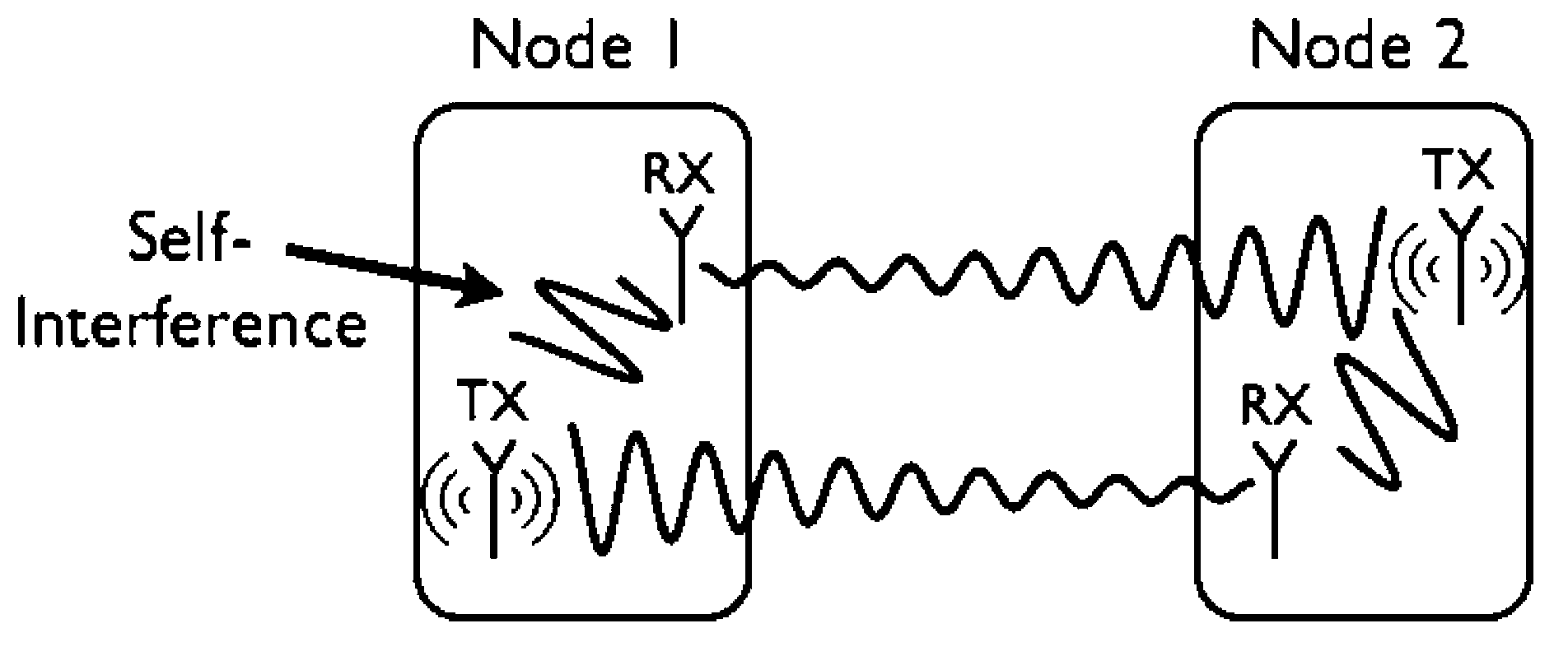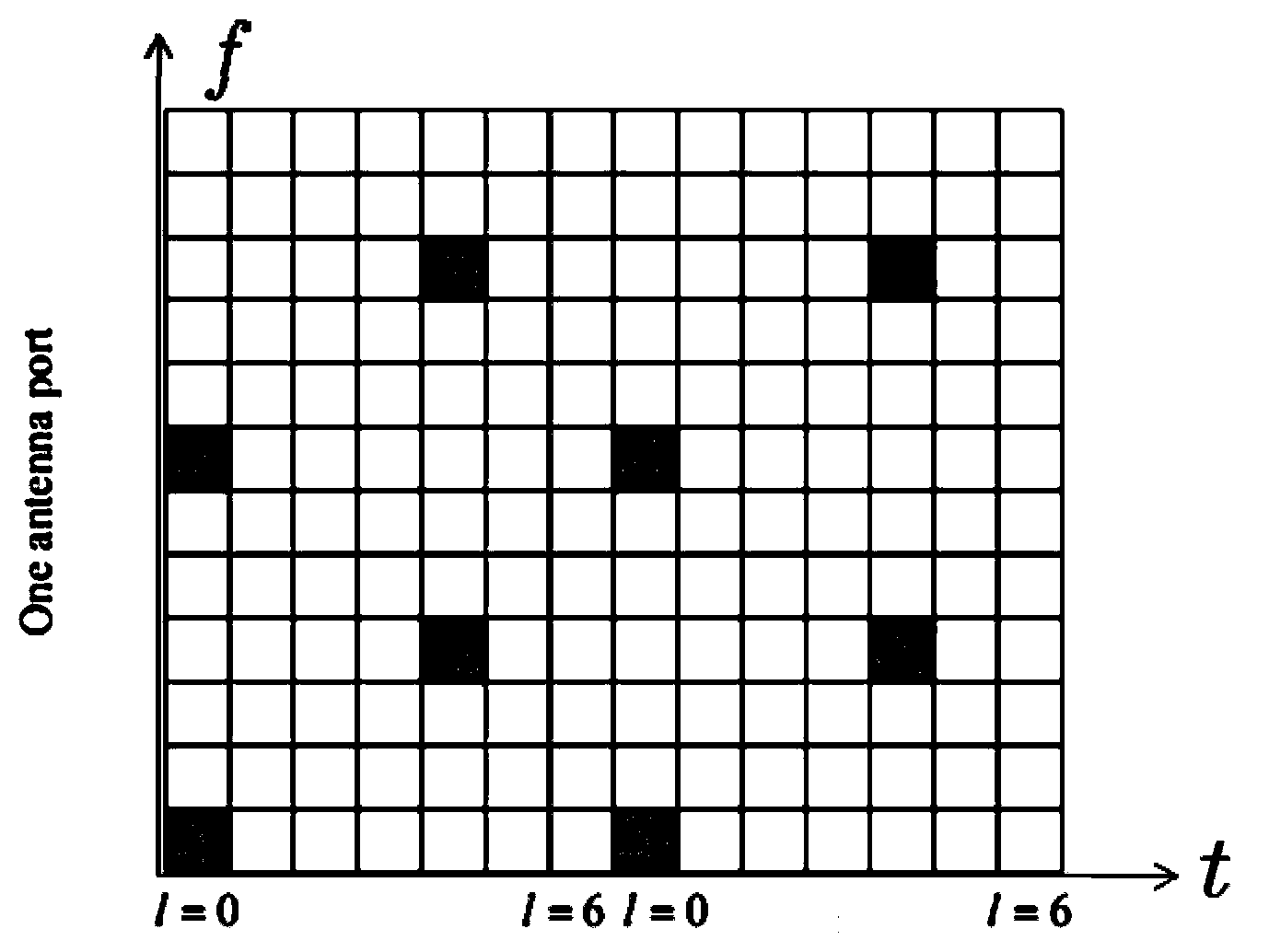Method of obtaining channel response of self-interference channel, and full duplexing communication machine
A technology of channel response and channel frequency domain response, applied in the field of methods and full-duplex communication devices, can solve problems such as increasing data transmission time-frequency resources, and achieve the effect of saving reference signal resources
- Summary
- Abstract
- Description
- Claims
- Application Information
AI Technical Summary
Problems solved by technology
Method used
Image
Examples
Embodiment 1
[0051] image 3 It shows the implementation process of the method for obtaining the channel response of the self-interference channel provided by the first embodiment of the present invention. For the convenience of expression, the embodiments of the present invention are described in the context of the LTE system, and the embodiments of the present invention can also be applied to For other OFDM / OFDMA communication systems, in this embodiment, it is considered that in the frequency domain, the relationship between the channel responses at different frequency points is fixed, as detailed below:
[0052] In step S301, multiple reference signals are used to perform channel estimation on the self-interfering channel to obtain an estimated channel response value of the self-interfering channel, wherein the time interval between adjacent reference signals is smaller than the coherence time of the self-interfering channel, The frequency domain separation between adjacent reference s...
Embodiment 2
[0080] Image 6 It shows the implementation process of the method for obtaining the channel response of the self-interference channel provided by the second embodiment of the present invention. For the convenience of expression, the embodiments of the present invention are described in the context of the LTE system, and the embodiments of the present invention can also be applied to For other OFDM / OFDMA communication systems, in this embodiment, it is considered that in the frequency domain, the relationship between channel responses at different frequency points changes slowly, so it is necessary to calculate the channel responses at different frequency points every preset period The interrelationships of the channel responses are detailed below:
[0081] In step S601, a plurality of reference signals are used to perform channel estimation on the self-interference channel to obtain an estimated channel response value of the self-interference channel, wherein the time interval...
Embodiment 3
[0095] Figure 7 A structural block diagram of an apparatus for obtaining a channel response from an interference channel provided by Embodiment 3 of the present invention is shown. For convenience of description, only parts related to the embodiment of the present invention are shown. In this embodiment, the device 7 for obtaining the channel response from the interference channel may be a software unit, a hardware unit, or a combination of software and hardware built in a full-duplex signal machine, and the channel response obtained from the interference channel The device is suitable for a full-duplex signal whose mutual relationship between channel responses on different frequency points is fixed, and the device for obtaining the channel response from the interference channel includes: an estimated value obtaining unit 71, a stable interval obtaining unit 72, a transmitting frequency A point determination unit 73 , a mutual relationship acquisition unit 74 , a reference si...
PUM
 Login to View More
Login to View More Abstract
Description
Claims
Application Information
 Login to View More
Login to View More - R&D
- Intellectual Property
- Life Sciences
- Materials
- Tech Scout
- Unparalleled Data Quality
- Higher Quality Content
- 60% Fewer Hallucinations
Browse by: Latest US Patents, China's latest patents, Technical Efficacy Thesaurus, Application Domain, Technology Topic, Popular Technical Reports.
© 2025 PatSnap. All rights reserved.Legal|Privacy policy|Modern Slavery Act Transparency Statement|Sitemap|About US| Contact US: help@patsnap.com



